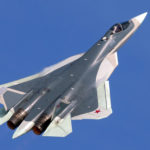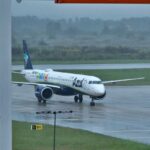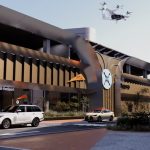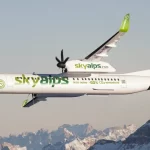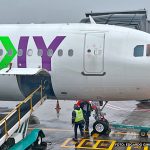Spanish engineering technology company Indra will deploy a centralised air traffic management system at five of India’s major airports and control centres.
According to a press release, the company’s objective is to «improve flight capacity and safety in India with a pioneering system that centralises all air traffic surveillance and management phases». In addition, the new infrastructure will increase capacity and efficiency of the ecosystem, as well as reduce delays, emissions and the noise impact of operations.
Moreover, the new contract will reinforce the company’s position as the leading provider of such systems in India, where its radars already cover 80% of the airspace. So far, Indra has participated in the renovation of important control centres, such as those in New Delhi and Calcutta, and in the modernisation of equipment in 38 airport towers throughout the country.
See also: Indra completed modernization of two secondary radars of the Brazilian Air Force
Indra’s new air traffic control system in India
Indra will deploy an integrated system to centralise all phases of air traffic surveillance and control in India.
After concluding the rigorous bidding process, which lasted more than two years, the Airports Authority of India (AAI) awarded the contract for more than 55 million euros. The solution will now be deployed at the country’s main control centres and in Mumbai (BOM), Hyderabad (HYD), Bangalore (BLR), Mopa (GOX) and Navi Mumbai (under construction) airports.
Indra’s technology incorporates advanced tools for automated air traffic management and tracking of civil aircraft from the moment they close their doors at the departure airport until their arrival at the destination terminal.
How it works
The system receives and processes data from the upper airspace surveillance radar network and is fully integrated with lower airspace management, which includes control towers and airport surface radars. This improves the overall visualisation in all phases of flight.
The technology makes it possible to know the exact position of each aircraft at all times in order to detect potential trouble spots and provide proactive alternatives. In addition to the operators themselves, this will ultimately also benefit passengers, who will experience fewer delays.
The developer highlighted that the air traffic controllers of the five centres will be able to carry out their work more efficiently, as well as to manage a higher volume of traffic in less time with a high degree of security.
Indra also stressed that its infrastructure complies with the highest security and cybersecurity standards to maximise protection against possible digital attacks.
See also: Indra acquires Leonardo’s air traffic management business unit in the United States








